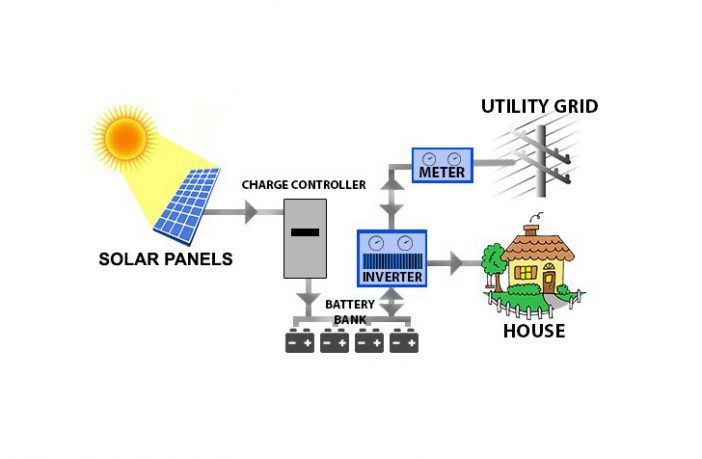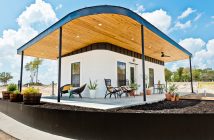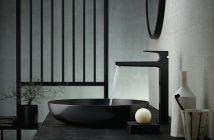- Solar power is arguably the cleanest, most reliable form of renewable energy available.
- Producing your own electricity will save you money and make you less dependent on the grid.
- Including a battery system ensures power at night plus during power outages.
- The system lifespan can extend beyond 10 years.
With electricity prices on the increase in South Africa, installing a solar power system is becoming increasingly viable for the homeowner. Your first step is getting to understand the components of the system and what function they perform. We break down the system into the following components:
The Roof
In most cases, solar panels are placed on the roof. The ideal site area for panels will be installed will have no shading at any time of the day. Check if you have any shading on your roof due to high structure or trees next to your roof area. Shade must be particularly prevented during the prime sunlight hours of 8 a.m. to 4 p.m.
A north orientated installation will usually provide the optimum potential for your system, but other orientations may provide sufficient production. Experienced installation contractors will identify the ideal panel placing area plus provide you with projected performance parameters based on simulation modeling.
Not every roof has the correct orientation or angle of inclination to take advantage of the sun’s energy. So if your roof is not ideal it is not a train smash. A good installer will recognise that alternate orientations and/or inclinations may be used to optimize energy production for particular times of the day or for specific seasons of the year.
Dust also affects the performance of panels. Rain does a great job of cleaning the panels if there is a lot of dust prevalent in your area. If you have limited rain, a periodic hose down of the panels will ensure optimal performance.
The Solar Panels
Solar panels, also known as modules, contain photovoltaic cells made from silicon that transform incoming sunlight into electricity rather than heat. So it is important to distinguish solar panels used for heating water (solar collectors) and solar panels used to produce electricity. The word ‘photo’ means light and ‘voltaic’ means electricity in geek language.
Depending on the size of the installation, multiple strings of solar photovoltaic panels are connected by cables and lead into one electrical combiner box. A good quality combiner box will contain fuses designed to protect the individual module cables, as well as the connections that deliver power to the inverter. The electricity produced at this stage is DC (direct current) and must be converted to AC (alternating current) via an inverter which makes it suitable for use in your home.
The Inverter
The inverter is ideally located close to the panels (modules) in order to reduce losses in the system. It must also be close to a feed in point like the main or sub-distribution board (DB board). The inverter is usually wall mounted in a location that is ventilated and free from rain but some full weatherproof inverters can also be wall mounted externally. Inverters make a slight noise so the garage is the most common location for the inverter.
The inverter function is to convert the DC current generated by the solar panels into 220-volt AC current. By identifying key demand areas in your house, one can then direct the ac current by making direct feeds to dedicated distribution points in your DB board. A good installer will also include a circuit breaker at each connection point.
The inverters these days are highly intelligent. The feed from your solar Pv system will offset immediate household demand. The balance of power produced by your solar PV system can reverse feed back into the grid. This is referred to as a grid tied system.
If you produce more electricity from your solar Pv system than you consume then permission must be sought from your grid supplier to reverse feed. Most of the large city councils in South Africa offer reverse feed programs. Similarly, if you do not produce enough power to meet your immediate use demand, then the grid will top up any excess demand. This is why sizing your system very important to optimise savings. A good installer will study records of your electricity bills across all four seasons to determine the best size system.
The inverter manages the grid-tied system efficiently and safely by shutting off if the grid power is down, protecting workers from power being back fed into the grid during an outage. If the system includes a battery backup system, then it will direct the stored energy into the house and make sure that it is not reverse fed into the grid during a power outage.
The Battery Bank
The home battery storage market is moving towards Distributed Energy Storage (DES) which offers a lot more flexibility for the homeowner. The battery banks are decentralised, compact and modular so that the homeowner can start small and grow their systems by scaling up over time. Latest technology and improved production methods have resulted in more affordable pricing.
The battery bank will be connected and regulated by the inverter balancing energy produced from the solar panels plus the grid in a fluid system. The battery offers the homeowner the opportunity to store electricity and discharge when required. Ideal for offsetting peak demand charges outside of sunlight hours.
Lithium-Ion Batteries (Li-I batteries) is fast becoming the most popular option in home energy storage solutions. They have a regular storage capacity of 200W/kg and typically have a ten-year lifespan. No maintenance required and they are cost effective. The latest technology has brought about the marriage of an inverter and battery system into a single unit.
Installing a solar Pv system will increase the value of your property. With prices coming down, there is no better time to get a qualified technician to give you professional advice and a quote. The systems these days are compact, look good and not invasive. Solar-power can keep your lights on, reduce your impact on the environment plus save you money –all at the same time.
Author: The Building Whisperer










1 Comment
How much does it cost (i.e. installation and components) to the average house hold?